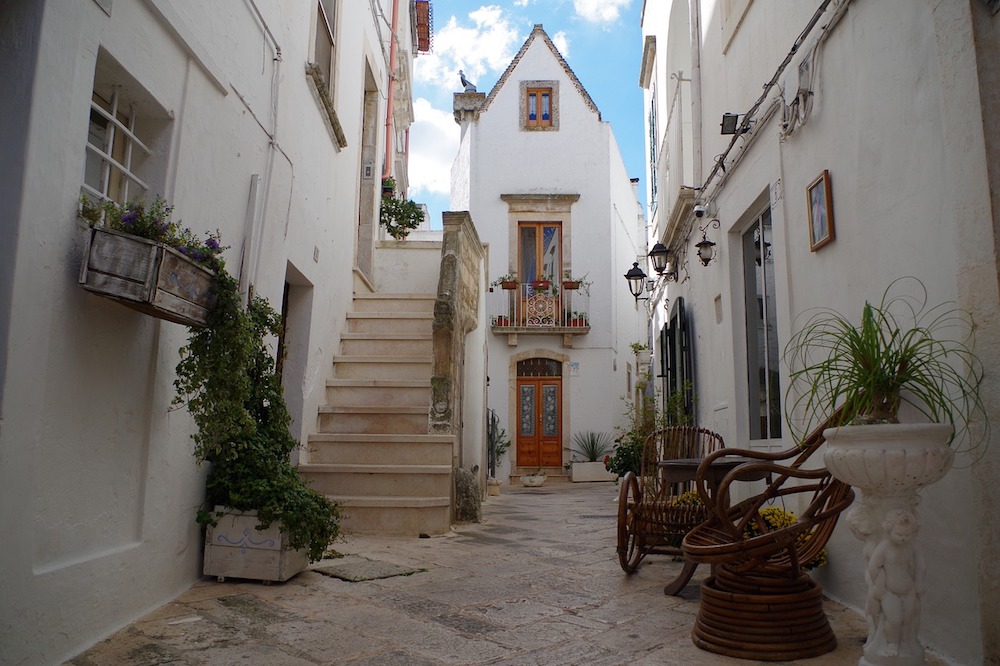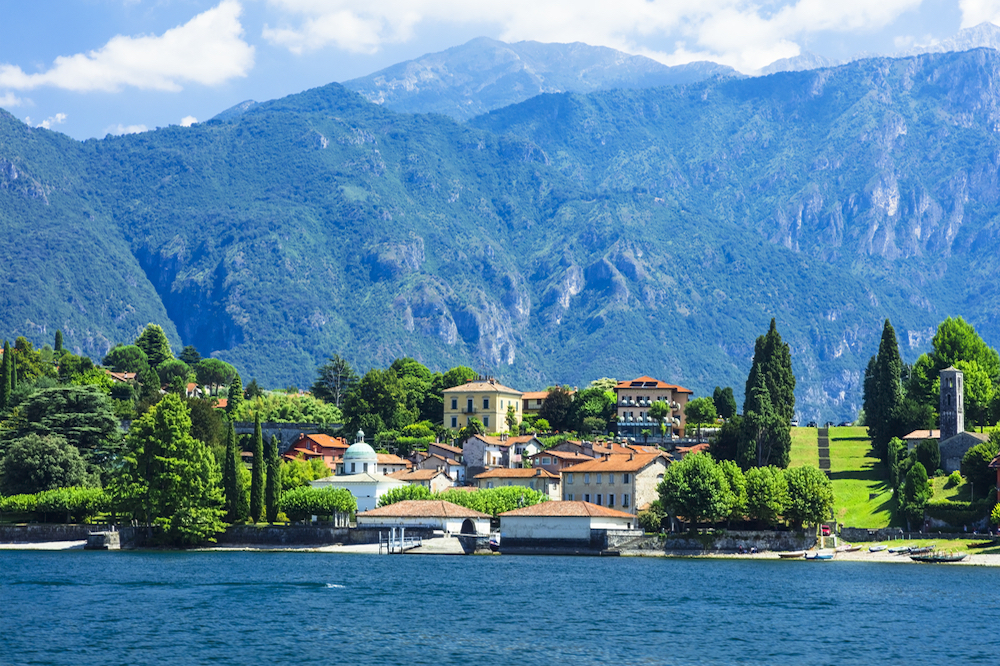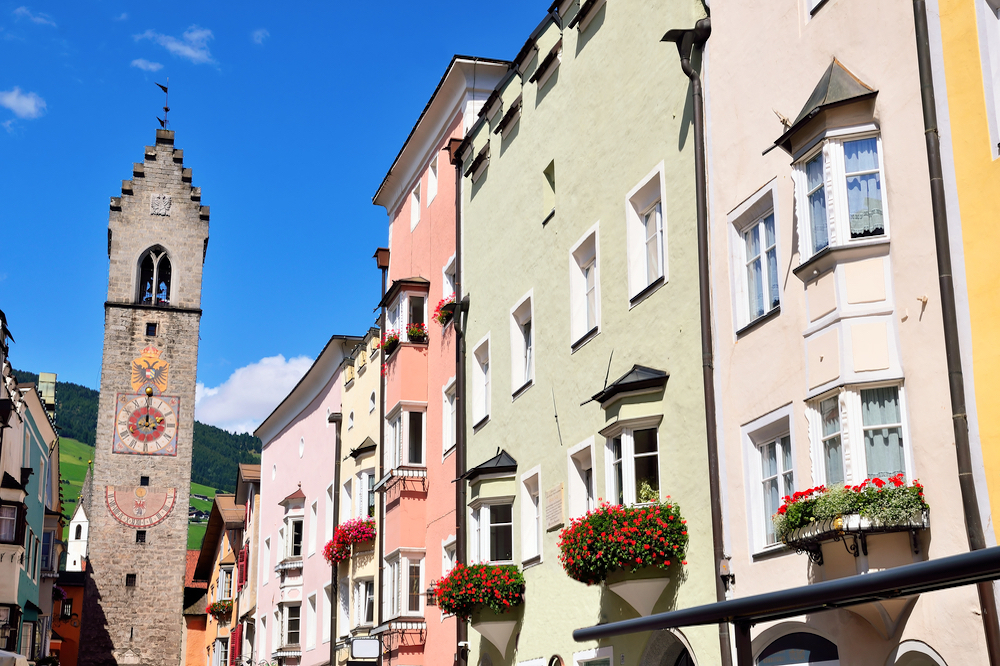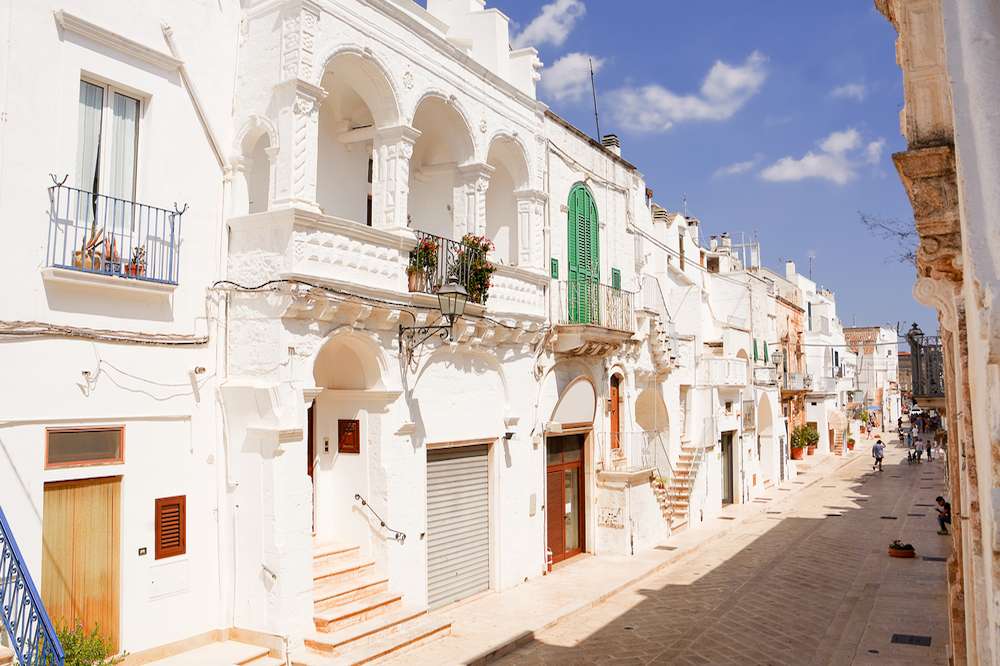7 of the most charming Italian villages

Imagine the sun on your cheeks as you walk through a village in remote Italy – its buildings, dating to the Middle Ages, still standing in all their charm and glory. You’ll think you’re on the set of a movie as the locals pass you on the cobbled streets. Enjoy a vino or espresso in one of the alfresco cafes and watch the world go by as time stands still.
1. Vernazza, Liguria

Vernazza is one of the centuries-old towns of Italy’s picturesque Cinque Terre region. Chances are you’ve seen photos of Vernazza’s stunning harbour surrounded by shrub-covered cliffs and colourful buildings. It’s one of the last authentic fishing villages in the Italian Riviera and the boats in the harbour are as colourful as the surrounding little houses. Vernazza is best explored with a walk through the town – some of the highlights being the Santa Margherita di Antiochia Church and a walk up the Castello Doria for spectacular views.
2. Atrani, Campania

The Amalfi Coast is a world-famous attraction thanks to its awe-inspiring sheer cliffs and rugged shoreline that is dotted with small beaches and fishing villages. Atrani is one such village, its most iconic feature being its aqueduct-like bridge highway that encircles the town. The town’s church is a pillar of Atrani and is one of the only examples of Rococo architecture in this area of the country. Atrani is the perfect spot to soak in Italian village life, away from the tourist spots in Amalfi.
3. Montemerano, Tuscany

Where better to enjoy some time under the Tuscan sun than in the little 12th-century village of Montemerano? Arriving in the town, you’ll feel like you’ve walked onto a movie set, with plants creeping up the walls of two- and three-storey brick homes connected by a network of cobbled streets. The village is surrounded by walls and visitors can only enter at three different points. Chances are you’ll never want to exit. Truly one of Tuscany’s hidden gems, you’ll feel what it was like to live in the Middle Ages.
Read more: Why a nun was the highlight of my trip to Florence
4. Locorotondo, Apulia

This little hilltop town is perfect for spending a few hours walking around and stopping for a coffee at a café, mingling with the locals. The town is like a white maze with all of the buildings being made from white stone. Some of the buildings have a run-down charm, whereas others are maintained in their original, beautiful baroque style.
5. Tremezzina, Lombardy

In Italy’s north, on the banks of Lame Como, is the impressive town of Tremezzina, characterised by its huge villas set amongst the natural beauty of Como. The most famous villa is in the neighbouring hamlet of Lenno, the Villa Balbianello. It’s been the set of many movies, including Casino Royale and Start Wars II. The best time to visit Tremezzina is in the springtime when the azaleas and rhododendrons are in full bloom and give off a beautiful perfume.
6. Vipiteno, South Tyrol

Italy’s northern-most town has its own unique culture – a blend of classic Italian village life with clear German influence. There are few places in the world like Vipiteno (the German name for the town, Sterzing, is also used often) with its streets packed with alfresco cafes and the iconic feature of the city, the Zwolferturm, a 46m-high tower erected in 1470 taking pride of place. It’s a popular town for alpine adventures as well as being a hub for classical music.
Read more: 10 of the best cities to explore on foot
7. Cisternino, Apulia

The little commune of Cisternino has a rich history. It was originally settled by Greek settlers before being taken over by the Romans, and being destroyed by Hannibal from Carthage (Tunisia). Re-established in the 800s by Basilian monks, the Middle Ages saw new, spontaneous architecture spring up, such as narrow streets and spiral staircases. Travellers could spend days exploring the charming white town.








 Proudly Australian owned and operated
Proudly Australian owned and operated